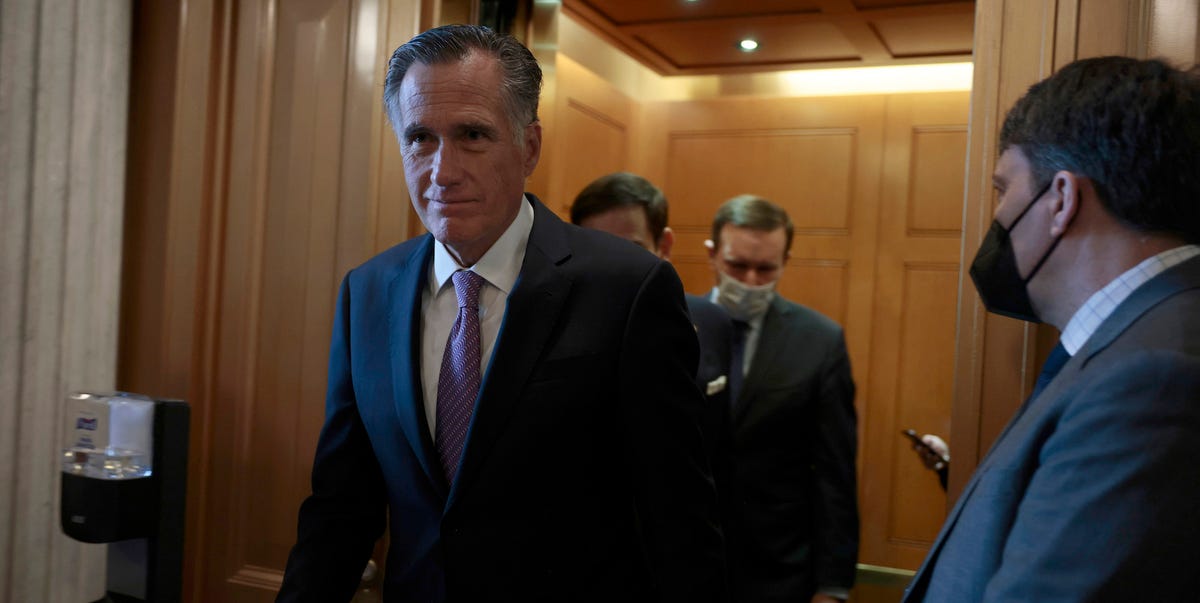- Joined
- Apr 15, 2011
- Messages
- 5,331
- Reaction score
- 5,129
- Location
- New York
- Gender
- Male
- Political Leaning
- Undisclosed
80% of Republicans in the House and Senate voted for the bill. Less than 70% of Democrats did. Indeed, Minority Leader Republican Everett Dirksen led the fight to end the filibuster. Meanwhile, Democrats such as Richard Russellof Georgia and Strom Thurmond of South Carolina tried as hard as they could to sustain a filibuster.
Of course, it was also Democrats who helped usher the bill through the House, Senate, and ultimately a Democratic president who signed it into law. The bill wouldn't have passed without the support of Majority Leader Mike Mansfield of Montana, a Democrat. Majority Whip Hubert Humphrey, who basically split the Democratic party in two with his 1948 Democratic National Convention speech calling for equal rights for all, kept tabs on individual members to ensure the bill had the numbers to overcome the filibuster.
You can see that geography was far more predictive of voting coalitions on the Civil Rights than party affiliation. What linked Dirksen and Mansfield was the fact that they weren't from the south. In fact, 90% of members of Congress from states (or territories) that were part of the Union voted in favor of the act, while less than 10% of members of Congress from the old Confederate states voted for it. This 80pt difference between regions is far greater than the 15pt difference between parties.

 www.theguardian.com
www.theguardian.com
As noted by the graphs in the article, region had more to do with support of CVA than party.
If the Democrats were the racist party, than why did a majority of them support the legislation. If region was not an issue, why did ZERO republicans in the (confederate) south support it.
Of course, it was also Democrats who helped usher the bill through the House, Senate, and ultimately a Democratic president who signed it into law. The bill wouldn't have passed without the support of Majority Leader Mike Mansfield of Montana, a Democrat. Majority Whip Hubert Humphrey, who basically split the Democratic party in two with his 1948 Democratic National Convention speech calling for equal rights for all, kept tabs on individual members to ensure the bill had the numbers to overcome the filibuster.
You can see that geography was far more predictive of voting coalitions on the Civil Rights than party affiliation. What linked Dirksen and Mansfield was the fact that they weren't from the south. In fact, 90% of members of Congress from states (or territories) that were part of the Union voted in favor of the act, while less than 10% of members of Congress from the old Confederate states voted for it. This 80pt difference between regions is far greater than the 15pt difference between parties.

Were Republicans really the party of civil rights in the 1960s? | Harry J Enten
Harry J Enten: Once you control for region, it turns out that Democrats were actually more likely to support the 1964 Civil Rights Act
As noted by the graphs in the article, region had more to do with support of CVA than party.
If the Democrats were the racist party, than why did a majority of them support the legislation. If region was not an issue, why did ZERO republicans in the (confederate) south support it.

